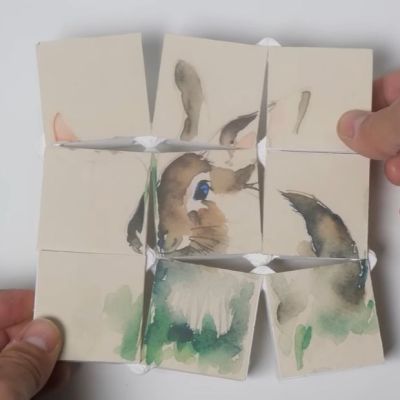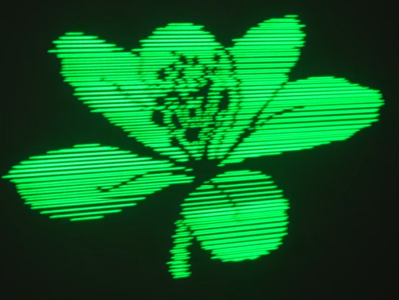You often learn the golden rule or some variation of it as early as kindergarten. There are several ways to phrase it, but you most often hear: “Do unto others as you would have them do unto you.” While that’s catchy, it is really an aphorism that encourages us to consider the viewpoints of others. As people who design things, this can be tricky. Sometimes, what you want isn’t necessarily what most people want, and — conversely — you might not appreciate what most people want or need.
EDIT/1000

For example, printing a few lines around the current line requires the command: “/-2,L,5” which isn’t that hard, I suppose. To delete all lines that contain a percent sign, “1$ D/%/A/” assuming you don’t want to be asked about each deletion.
Sure, sure. As a Hackaday reader, you don’t find this hard to puzzle out or remember. But back in the 1980s, a bunch of physicists and chemical engineers had little patience for stuff like that. However, the editor had a trick up its sleeve.




















